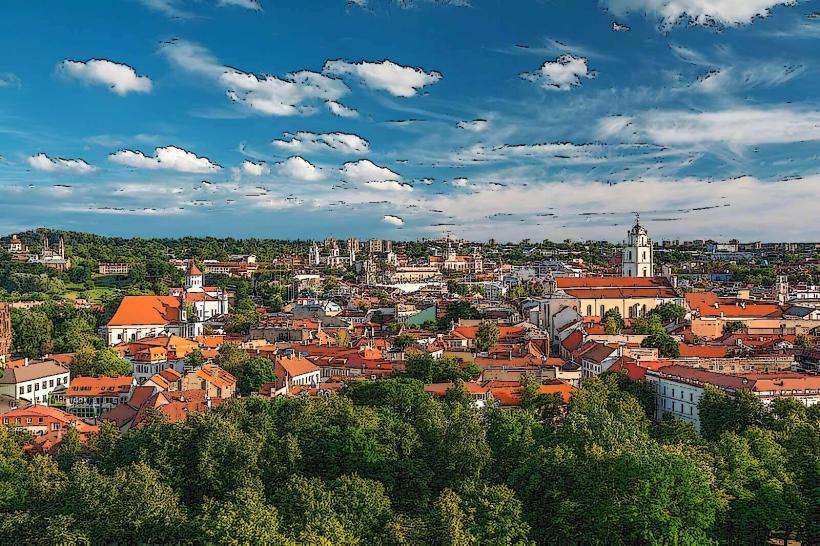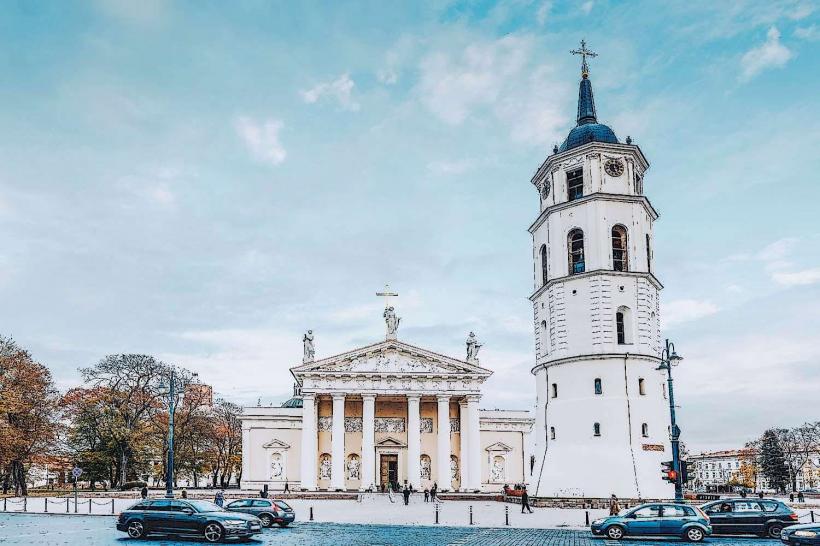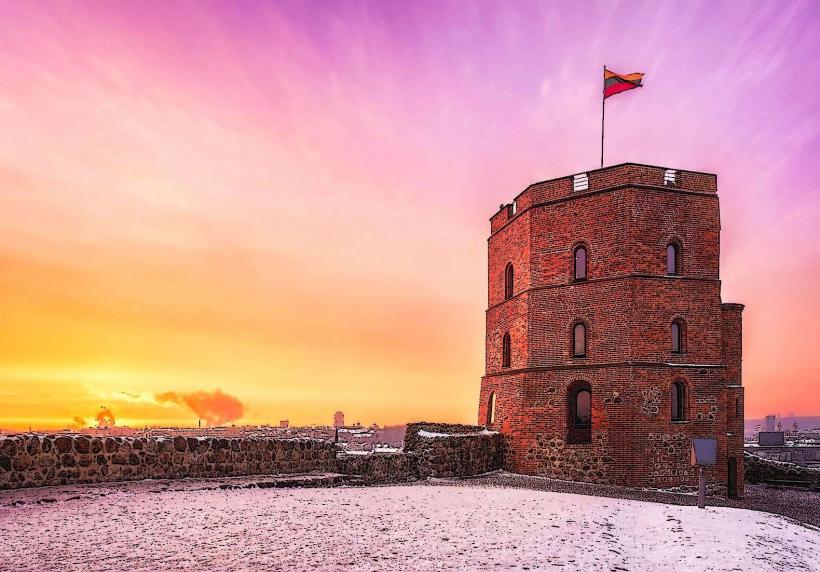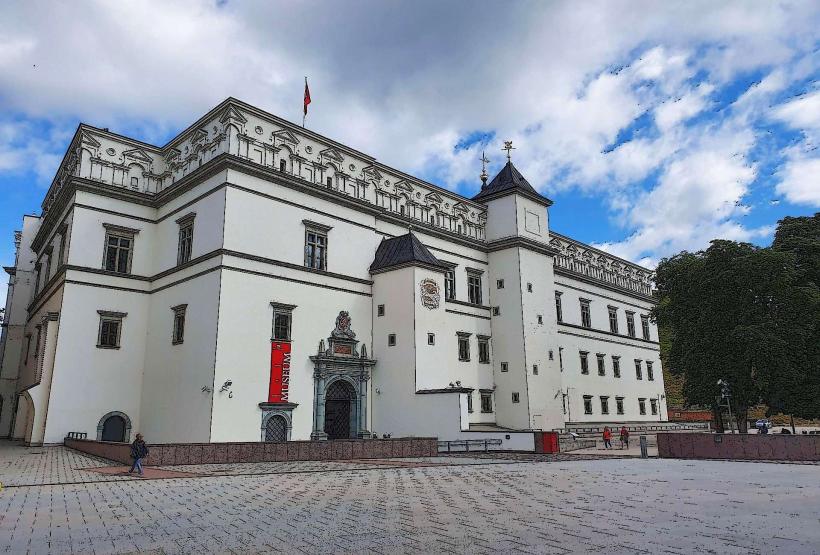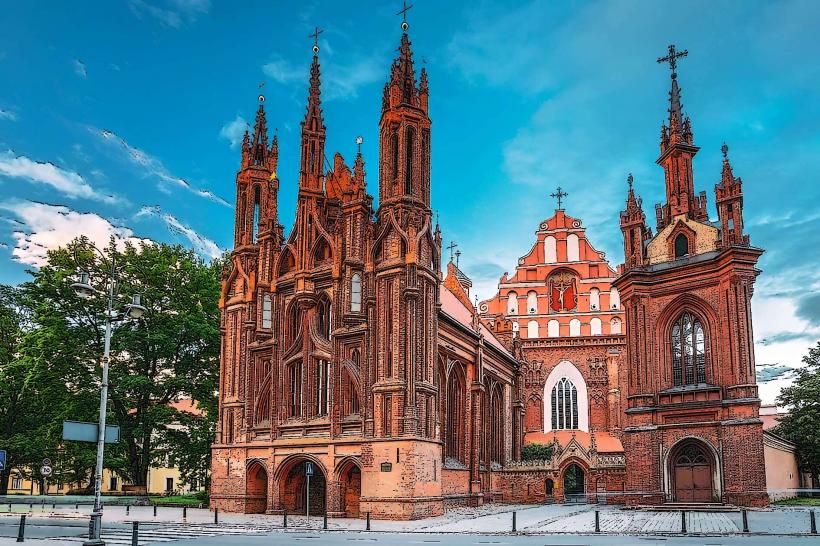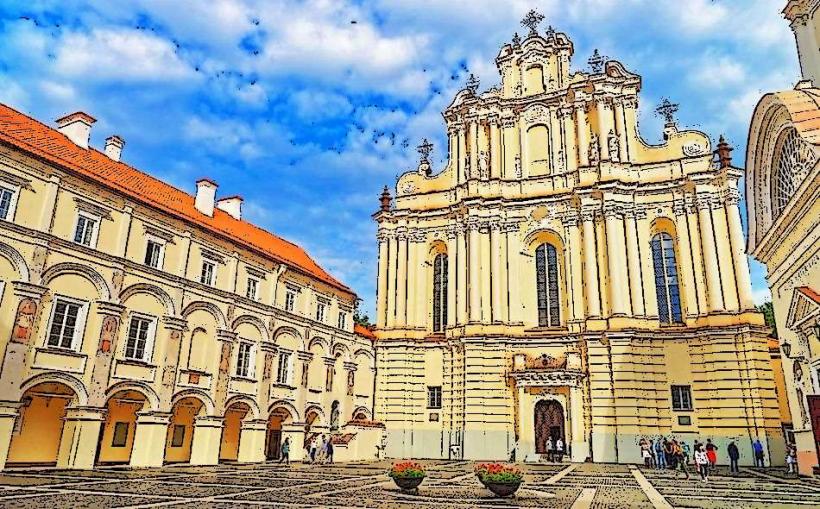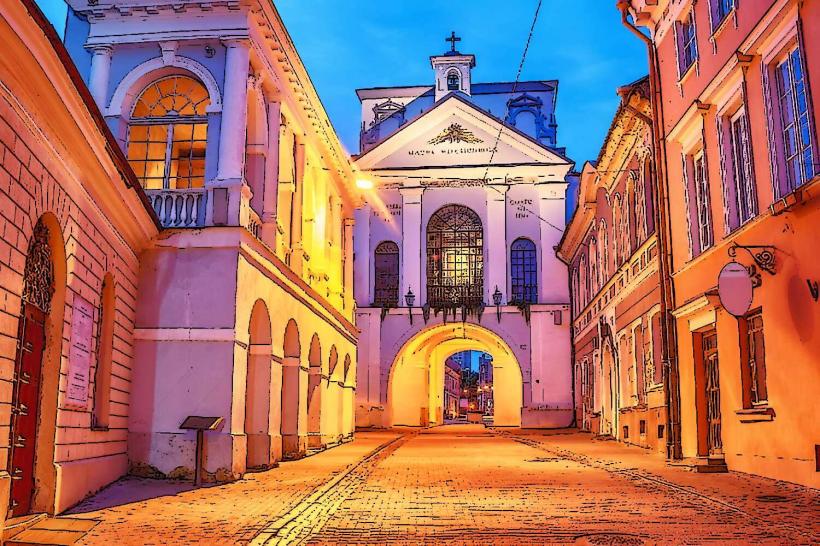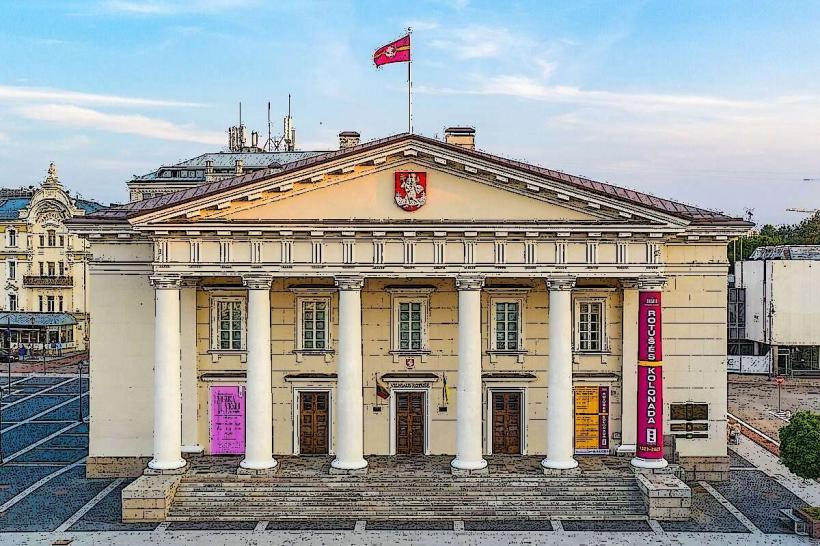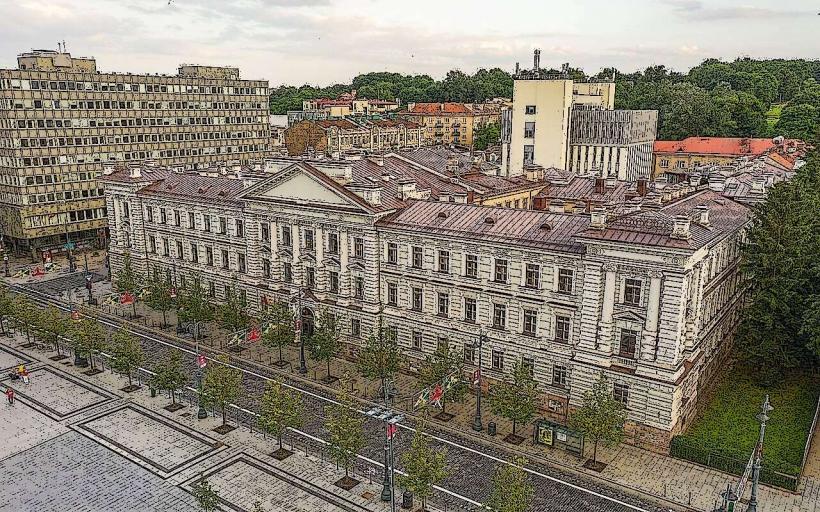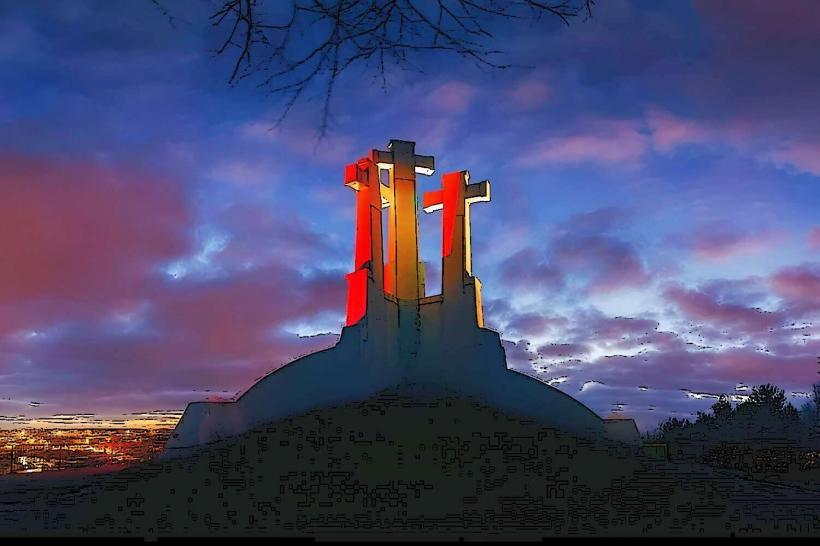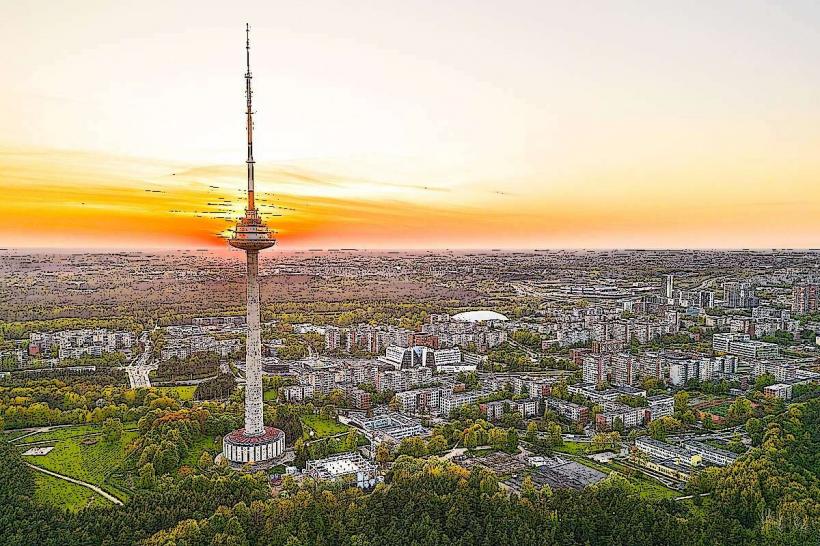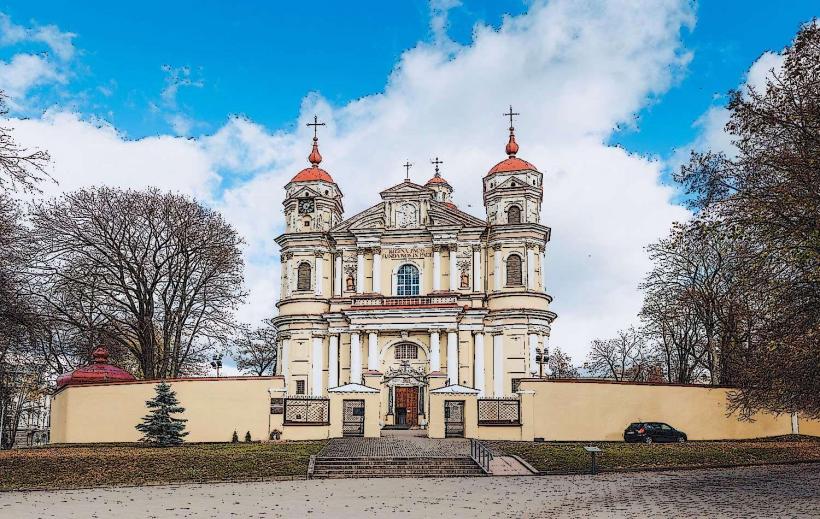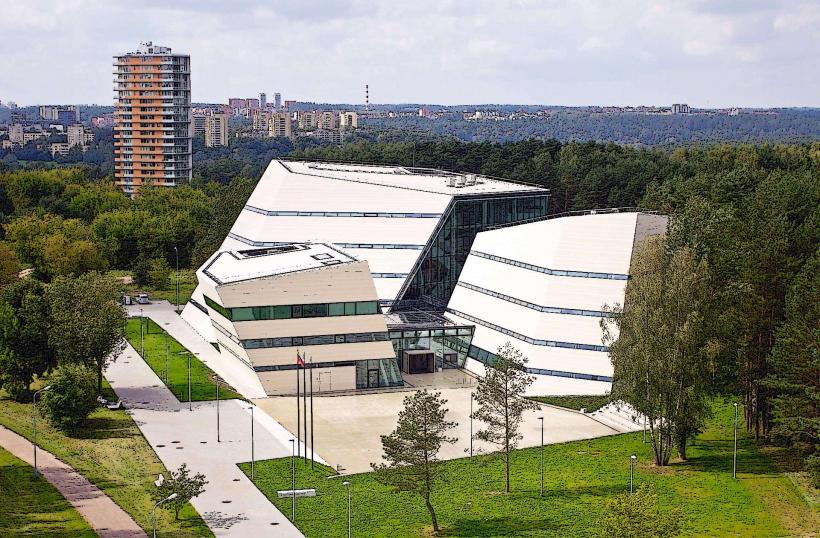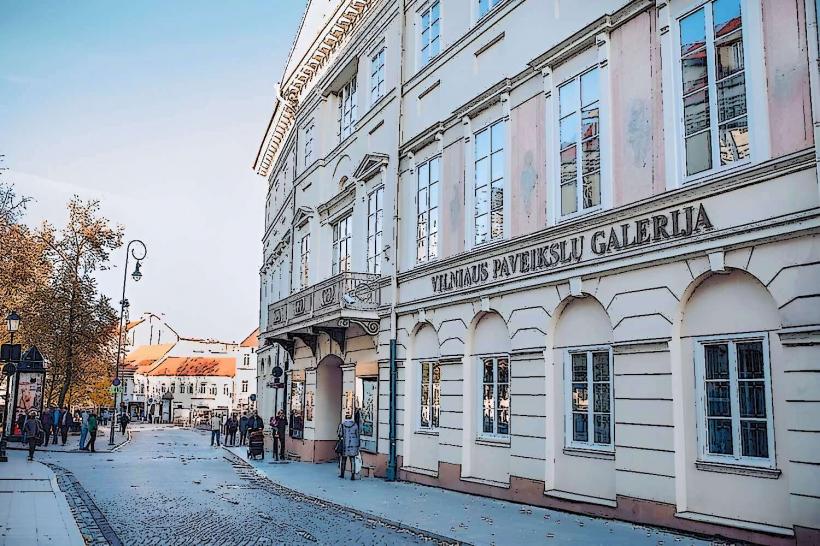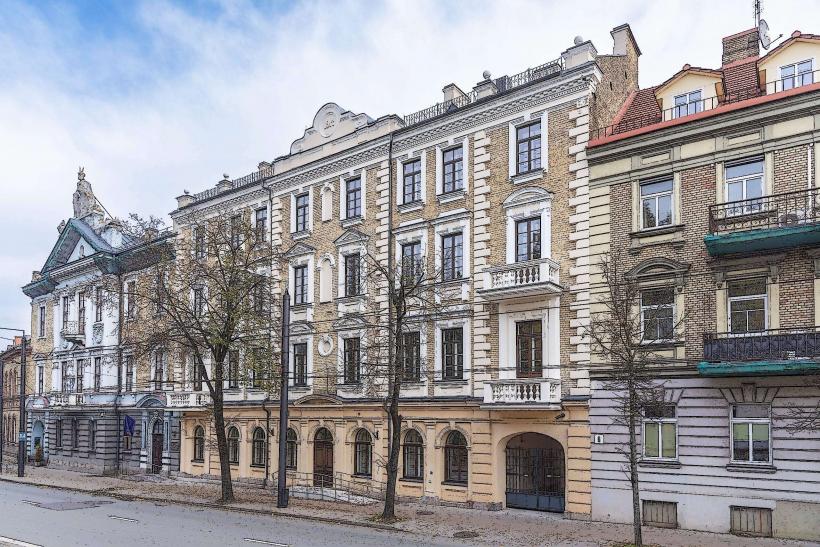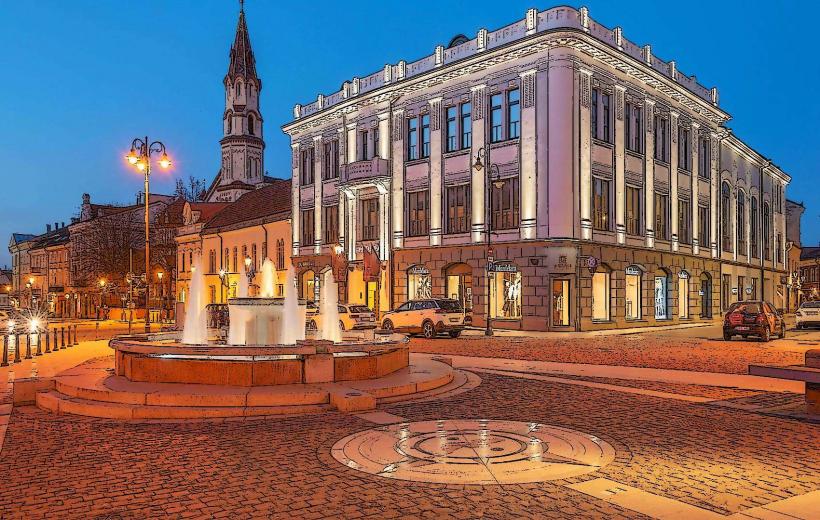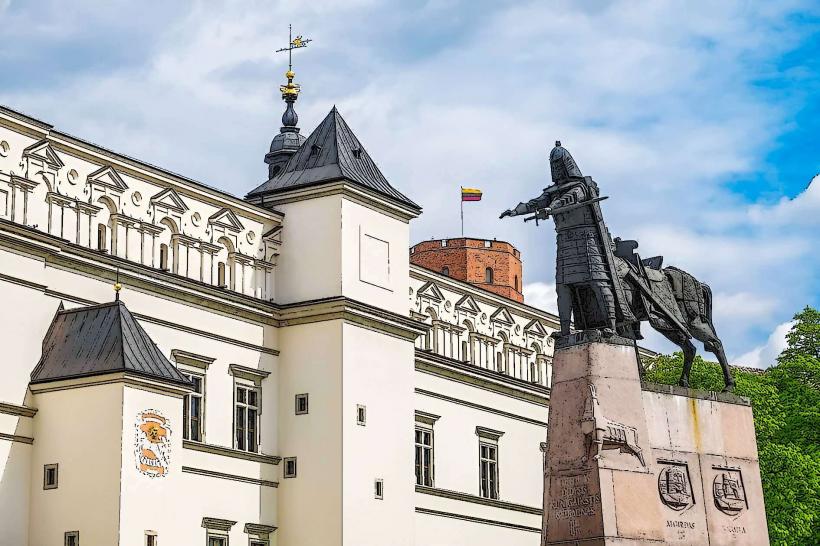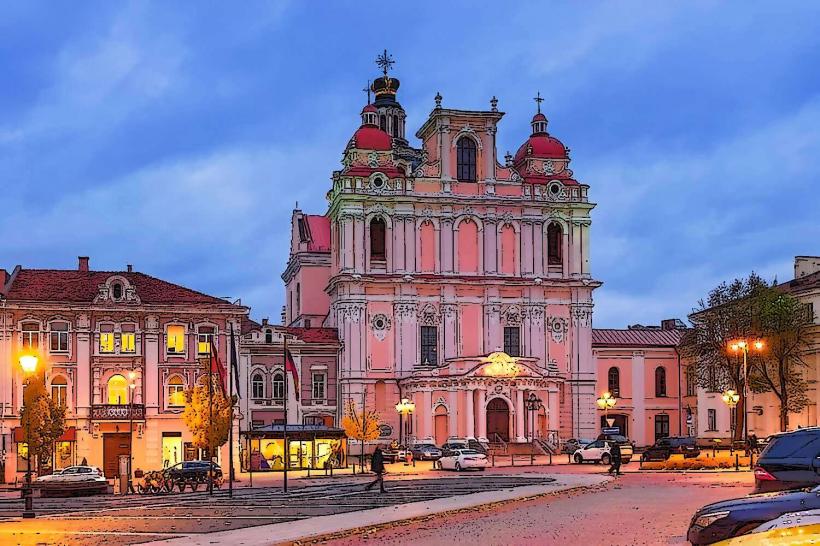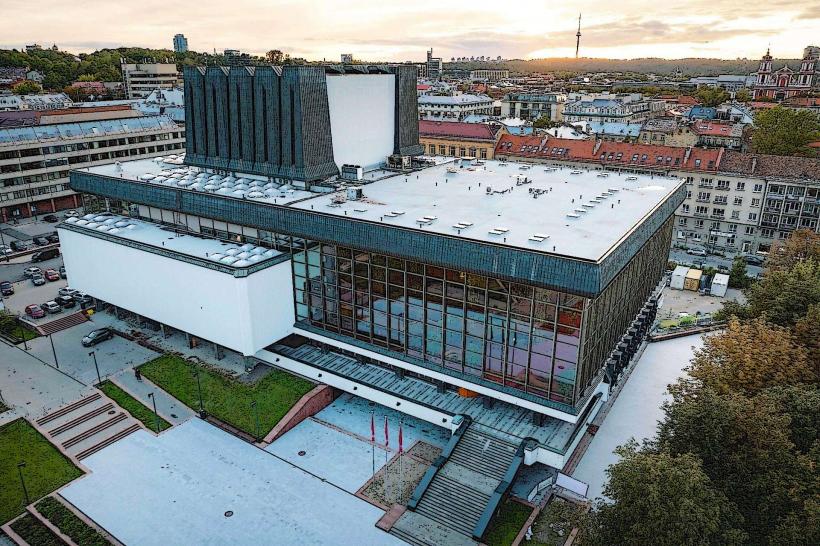Information
Landmark: Hill of CrossesCity: Vilnius
Country: Lithuania
Continent: Europe
Hill of Crosses (Kryžių Kalnas)
The Hill of Crosses (Lithuanian: Kryžių Kalnas) is one of the most significant and unique pilgrimage sites in Lithuania and a powerful symbol of the country’s spiritual resilience, national identity, and Catholic faith. Located about 12 kilometers north of the city of Šiauliai, the Hill of Crosses is a place where millions of crosses have been placed over the years by people from all over the world. The site holds deep historical, cultural, and religious significance.
History and Origins
Early Beginnings: The exact origin of the Hill of Crosses is uncertain, but it is believed to have started in the 19th century, possibly as early as 1831, following the November Uprising in Poland and Lithuania. After the uprising was suppressed by the Russian Empire, many Lithuanians placed crosses on the hill as a sign of defiance against Russian rule and in remembrance of fallen patriots.
Symbol of Faith and Resistance: Over the years, the Hill of Crosses grew as a symbol of Catholic faith and resistance. During the Soviet era, when religious practices were heavily suppressed, the site became a place of covert pilgrimage and a symbol of the people’s determination to maintain their faith and national identity. Despite numerous attempts by the Soviet authorities to destroy the crosses, including bulldozing the hill in the 1960s, the site was rebuilt by faithful Lithuanians, and new crosses continued to appear.
Soviet Era Destruction: The Soviet government saw the Hill of Crosses as a threat to their atheistic policies. In 1961, they tried to erase the site by using bulldozers to destroy the crosses. However, this effort was unsuccessful, as the local people rebuilt it time and time again. This resilience made the Hill of Crosses a strong symbol of Lithuania’s struggle for independence and religious freedom during Soviet occupation.
Post-Soviet Period: After Lithuania regained its independence in 1990, the Hill of Crosses was restored to its full significance. It has since become an important site for Catholic pilgrims, attracting visitors from around the world, especially during religious holidays like Easter and Assumption Day.
The Site Today
Description: The Hill of Crosses is a mound (about 10 meters high) that is covered with a vast collection of crosses in all shapes, sizes, and materials. The crosses are made of wood, metal, stone, and even plastic. Some are simple and small, while others are large and elaborately designed. It is estimated that there are over 200,000 crosses at the site, though the number has fluctuated over time as new crosses continue to be added and old ones are removed for restoration.
Religious and Pilgrimage Significance: The Hill of Crosses is a Catholic pilgrimage site where visitors come to pray, reflect, and leave crosses as expressions of faith, gratitude, and hope. Many people place crosses at the hill for various reasons, such as in remembrance of loved ones, to seek blessings, or to fulfill promises. It is not only a site of Catholic devotion but also a symbol of Lithuania's enduring spirit.
Crosses and Symbols: The Hill of Crosses features a variety of cross types, many of which have symbolic meanings. Some crosses are adorned with religious icons, while others carry personal messages or prayers. There are also statues of saints, religious figures, and even national symbols placed among the crosses. The hill has become a living testament to both faith and Lithuanian identity.
Key Features and Attractions
The Main Hill: The central part of the site is the main hill, which is covered with a dense collection of crosses. The hill is accessible via a series of paths that lead visitors to the summit. There are also several smaller hills and mounds around the main site, each containing crosses, statues, and other religious symbols.
The Chapel: At the base of the hill, there is a small chapel where pilgrims can enter to pray. The chapel is a focal point for religious services and ceremonies held at the Hill of Crosses. During major religious holidays, Masses are held here, and the site becomes a gathering place for thousands of pilgrims.
Memorial Crosses: Some crosses at the site are especially notable because they were placed in memory of significant historical events, individuals, or groups. Among these are crosses commemorating the victims of the Soviet repression and the Lithuanian freedom movement.
Visitor Center: There is a visitor center at the site where visitors can learn more about the history of the Hill of Crosses, its religious significance, and the broader context of Lithuanian resistance and Catholicism. The center provides informational exhibits, a gift shop, and guides for those wishing to understand the full history and symbolism of the site.
Religious and Cultural Significance
Symbol of Lithuania’s Faith: The Hill of Crosses represents Lithuania's strong Catholic heritage and the deep faith of its people. It is a place where people of all backgrounds come to express their devotion and to seek solace or answers. The presence of so many crosses at the site is a testament to the country’s historical and ongoing religious identity.
National Identity and Resistance: Beyond its religious meaning, the Hill of Crosses has become a symbol of resistance and national pride. Throughout Lithuania’s history, particularly during times of foreign domination (including the Soviet occupation), the site served as a quiet, nonviolent form of defiance. It became a symbol of hope for the Lithuanian people, who were fighting for their rights, freedoms, and faith in the face of oppressive powers.
UNESCO Tentative List: The Hill of Crosses has been included on the UNESCO Tentative List as a candidate for future inclusion as a World Heritage Site. Its unique combination of religious devotion, national identity, and cultural resilience makes it an extraordinary site of historical and cultural value.
Visiting the Hill of Crosses
Location: The Hill of Crosses is located near the town of Šiauliai, in northern Lithuania. It is easily accessible by car, and there are bus services available from Šiauliai. The site is open year-round, and it attracts a large number of tourists and pilgrims from both Lithuania and abroad.
Pilgrimage: While the Hill of Crosses is a popular tourist destination, it is also an important site for pilgrims who come to pray, meditate, and place their crosses. The site is particularly busy during religious holidays, especially on Good Friday, Easter, and Assumption Day.
Respect and Etiquette: Visitors to the Hill of Crosses are encouraged to show respect for the religious and cultural significance of the site. It is customary to walk quietly, observe local customs, and avoid disturbing other visitors. Those wishing to place crosses should do so in a respectful manner.
Conclusion
The Hill of Crosses is a unique and powerful symbol of Lithuania's religious faith, national identity, and spiritual resilience. Its historical significance as a site of religious devotion and peaceful resistance to foreign oppression makes it one of the most important pilgrimage destinations in the country. The vast collection of crosses that cover the hill continues to grow, offering a tangible expression of faith and hope that transcends generations. Whether you visit as a pilgrim, a history enthusiast, or simply a curious traveler, the Hill of Crosses is a profound and moving site that reflects the deep connection between Lithuania’s people, their faith, and their history.

